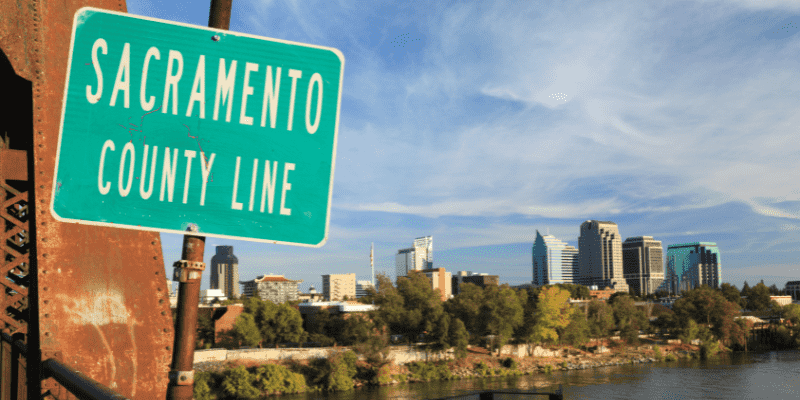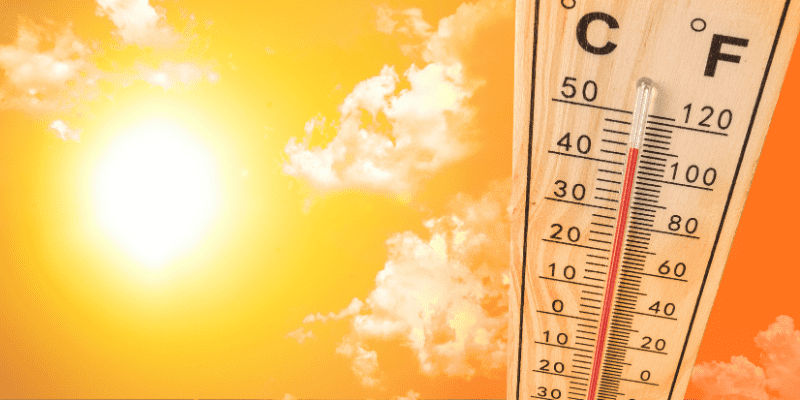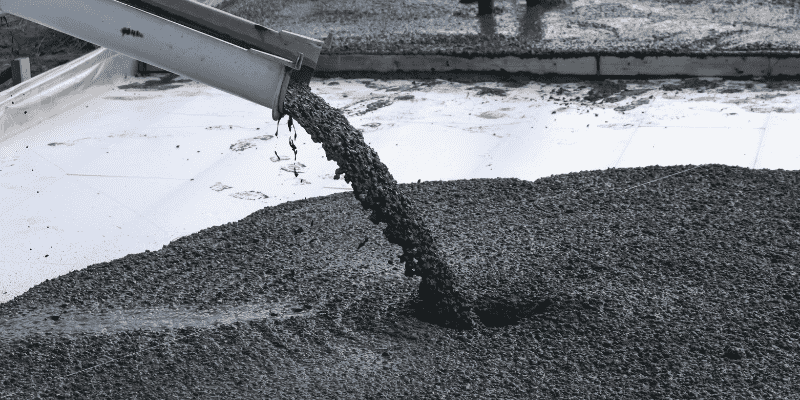Sacramento’s Climate Impact on Concrete Construction

Sacramento is not just the state’s capital but also a city characterized by a climate that stands out for its uniqueness and diversity. The region experiences a Mediterranean climate, showcasing hot, dry summers and mild, wet winters. This climatic duality poses distinct challenges for construction projects, particularly those involving the use of concrete.
In this article, we delve into the intricate relationship between the city’s weather patterns and the complexities of concrete construction, exploring the impact of temperature extremes, and seasonal variations, and how builders navigate these challenges.
Climate Overview
Sacramento’s weather is a dance between extremes. The city embraces scorching summers, where temperatures often soar above 100°F, only to transition into winters with chilly nights and occasional rainfall. This climatic oscillation demands a delicate balance in construction methodologies, especially when it comes to concrete.
As the city experiences temperature fluctuations that can significantly impact the behavior of concrete, builders in Sacramento need to be well-versed in adapting their strategies and should hire expert and experienced concrete contractors to ensure the durability and longevity of their structures.

Impact of Hot Summers on Concrete
Thermal Expansion and Contraction
Its scorching summers can pose a significant challenge for concrete construction. Concrete is susceptible to thermal expansion under high temperatures, leading to cracking and reduced structural integrity. Conversely, rapid cooling during the night can cause contraction, further exacerbating the risk of cracks. Proper mix design and using additives to control thermal properties become crucial in mitigating these effects.

Curing Challenges
High temperatures also affect the curing process of concrete. The accelerated evaporation of water from the surface can result in premature drying, hindering the development of concrete strength. Construction teams must employ strategies such as covering the concrete with wet burlap or using curing compounds to maintain adequate moisture levels during curing.
Winter Challenges: Rain and Temperature Fluctuations
Water Absorption and Freezing
Sacramento winter brings not only cooler temperatures but also increased rainfall. Concrete is porous, and excess water absorption can lead to reduced durability, especially if followed by freezing temperatures. Proper sealing and water-resistant additives are vital in preventing water ingress and protecting concrete from the damaging effects of freeze-thaw cycles.
Slower Curing Times
Lower temperatures during winter can extend the curing time of concrete. Construction schedules must account for the slower curing process to ensure that the concrete reaches the desired strength before subsequent construction phases.
Mitigating Climate Impact: Best Practices
Adjusted Mix Designs
One approach to mitigate the impact of Sacramento’s weather on concrete construction is to tailor the mix design to specific environmental conditions. Using admixtures such as set retarders in hot weather or accelerators in cold weather can help maintain optimal working and curing times.

Timely Construction Planning
Careful planning is paramount in Sacramento’s climate. Scheduling concrete pours during milder weather conditions, such as early morning or late evening during the summer, can reduce the risk of thermal stresses. Similarly, avoiding concrete work during heavy rainfall in winter is crucial to prevent water-related issues.
Protective Measures
Implementing protective measures, such as shading the concrete during hot weather or covering it during rain, can help regulate temperature and moisture levels. These measures are essential in ensuring the longevity and structural integrity of concrete elements.
Local Regulations and Codes
Sacramento’s unique climate has prompted the development of specific building codes and regulations tailored to address the challenges posed by the weather. Construction tasks like concrete resurfacing, repair, staining, and stamping must adhere to these guidelines to guarantee the safety and longevity of structures in the region.
Frequently Asked Questions:
Its hot summers can lead to thermal expansion and curing challenges in concrete which require careful mix design and protective measures.
Mitigation strategies include adjusted mix designs, timely construction planning, and protective measures like shading during hot weather, ensuring durability and longevity in varying conditions.
Conclusion
To survive Sacramento’s climate, one should carry advanced protective measures and proper planning. From extreme temperatures to seasonal rain, builders must adapt their approaches to ensure the durability and strength of concrete structures.
By incorporating adjusted mix designs, implementing timely construction practices, and following local regulations, construction professionals can navigate the complexities of the city’s climate and deliver resilient and long-lasting concrete projects in the region.






